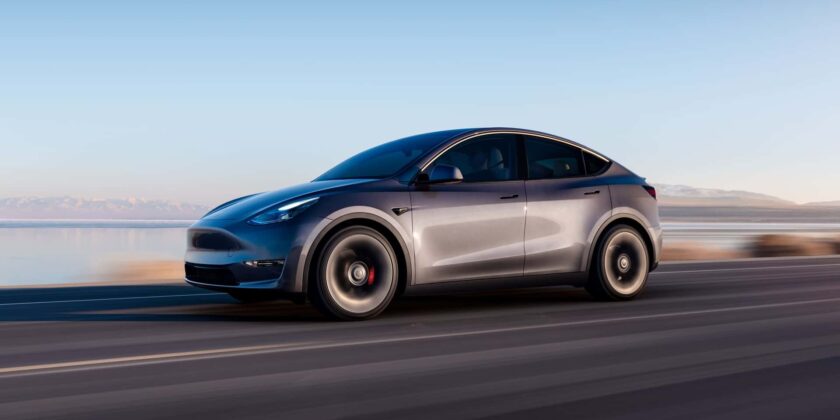This article comes to us courtesy of EVANNEX, which makes and sells aftermarket Tesla accessories. The opinions expressed therein are not necessarily our own at InsideEVs, nor have we been paid by EVANNEX to publish these articles. We find the company’s perspective as an aftermarket supplier of Tesla accessories interesting and are happy to share its content free of charge. Enjoy!
Posted on EVANNEX by Peter McGuthrie
A major selling point for electric vehicles often includes the reduction in maintenance required compared to gas cars. While they do require less maintenance than internal combustion engine (ICE) cars, there are still some important check-ups you’ll need to be aware of, whether you’re driving an EV from Tesla or other brands such as Ford, General Motors, Nissan, or others.
 |
Above: A Nissan Leaf and a Tesla Model 3 (Image: Casey Murphy / EVANNEX).
EVs are quickly sweeping global automotive markets, and those buying them should know about a few maintenance basics you can expect across brands. A recent piece from Auto Week walks readers through common EV maintenance needs including tires, fluids, suspension, and batteries, along with why the vehicles don’t typically cost as much as ICE engines to maintain over time.
Just like ICE cars, EVs require regular tire rotation and replacement. In fact, EVs tend to be significantly heavier than ICE vehicles, so most will need to replace their tires more regularly than with a gas vehicle. In addition, Auto Week points out that the instant torque feel in an EV can often make people drive even more quickly, further increasing the need to rotate and replace tires often. EVs also include suspension hardware like gas cars; over a certain period, these can get worn out too.
Another regular maintenance need for EVs is its fluids and consumables. These categories include brake fluid and washer fluid, and related items that will need semi-regular replacement like cabin air filters and wiper blades. Over time, these things will require some level of attention, though EVs don’t use oil or other fluids commonly found in ICEs.
Perhaps the maintenance item that most people are concerned about is an EV’s battery. EVs also include a 12-volt battery that may need replacement from time to time, but this is far less significant than the battery powering the vehicle’s engine.
Maintaining an EV battery over long periods of time can put off the need for pricey battery replacements, which is a common concern amongst prospective EV buyers. Still, most automakers also offer longer warranties on their EV batteries, sometimes insuring them for as many as 100,000 miles. Consumers who are prepared to trade in their EVs before the warranty is up may be able to avoid what could otherwise be prohibitively expensive.
EV batteries will unfortunately degrade over time, reducing their energy capacity and range. For many consumers, however, this process takes a significant amount of time and may not even occur substantially within their period of ownership of the EV. Hopefully, in time, battery replacements will continue to become less and less expensive, too.
Despite some of the larger maintenance needs for the vehicles, EVs do tend to cost less in maintenance than gas vehicles. EVs simply have fewer moving parts that will require replacement, as they don’t require things like spark plugs, belts or transmissions that typically become worn out over time. They also don’t include exhaust systems, so mufflers and catalytic converters aren’t a factor either. Additionally, regenerative braking (sometimes called one-pedal driving) can result in less wear and tear on the brakes, meaning fewer replacements there.
In any case, maintaining an EV is just as important as with a gas car, and regular trips to your Tesla service center or other company’s dealership can help help you save in the long run. It’s also important to remember that each use case is a little different, so staying on top of your EV is the safest way to prevent unexpected maintenance costs.
===
Source: Read Full Article
